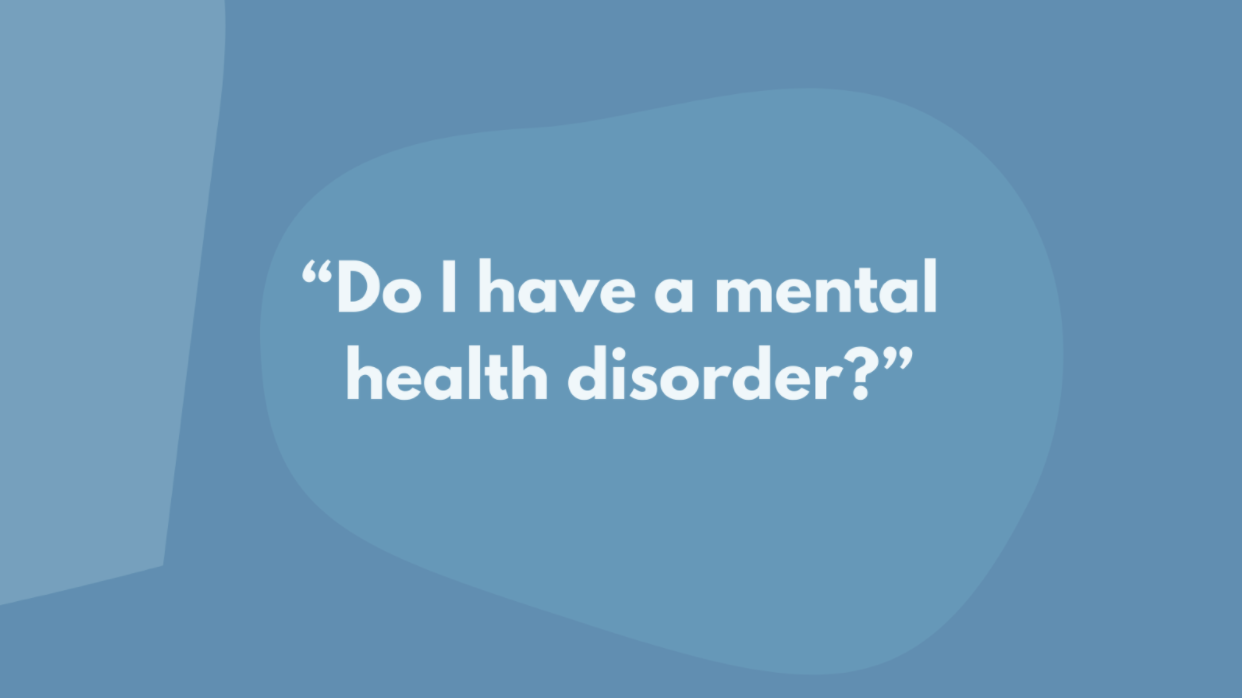When clients initially start seeing a psychologist, one common thought by clients is
“Do I have a mental health disorder?”
Psychiatric diagnoses are typically formulated by how well a client's symptoms match categories or criteria listed in the DSM (the rule book psychological professionals follow). If a clinician feels as if a client's presenting concerns and symptoms align with a diagnosable mental health disorder, they will offer to inform the client. In some cases, clients request their clinician to withhold the diagnosis from them. Below are some of the benefits of receiving a diagnosis, as well as some reasons clients chose not to be informed of it.
Benefits:
Diagnosis allows communication between healthcare professionals.
Diagnoses help healthcare professionals communicate with each other about medical history quickly by giving a label to a cluster of symptoms, experiences, or problems. It means that when clients change over to a different clinician, the clinician can quickly appraise an overview of the client's problems and which interventions are appropriate. It also allows for clinicians to refer clients to different clinicians who specialize in different areas of diagnosis.
Diagnosis allows people to connect with other individuals with the same type of problems.
Individuals can feel less alone when they understand that someone else presents with the same experiences. It allows people to connect with others through online and face to face groups, building a sense of community and belonging.
A diagnosis lessens the fear of the unknown.
Naming the problem lessens people's anxiety of the unknown - treatment options become clearer, it becomes easier to explain the problem to others and professionals.
A diagnosis can be a way to meet eligibility criteria for assistance.
A diagnosis may be needed to secure funding/mental health care plans and helps to people in educational or vocational assistance.
Some downfalls of Diagnoses:
Diagnosis creates stigma
Many people report feelings of stigma, shame, worthlessness,
and hopelessness. For many, not being told of their possible diagnosis is to “take back authorship of their own stories”.
Diagnosis can be unreliable and invalid.
Sometimes there may be little agreement between independent clinicians examining the same patient. This can cause confusion for clients.
Diagnosis pathologises/pathologised LGBTQI+ experiences.
In the DSM-4, gender identity disorder viewed the transgender experience through a narrow diagnostic lens and has neglected to acknowledge the diverse experiences of those who identify as transgender. Gender identity disorder has been changed to gender dysphoria in the DSM-5 to focus more on distress symptoms and to reduce stigma, however there are still problems. To be deemed eligible for gender transition services, transgender clients must be diagnosed with Gender Dysphoria which still acts to pathologise the transgender experience. As in the case of removing same sex attraction from the DSM in the 1970s, labelling expressions of gender variance as symptoms of a mental disorder is extremely damaging. Continuing to use “gender dysphoria” further stigmatises and causes harm to transgender individuals.
Males and Females can present with different symptoms for the same Diagnosis.
Presentations of autism and eating disorders are different between males and females. Many females presenting with Autism receive late diagnosis or are missed all together as a result of past research using males as opposed to males and females. Eating disorder research has primarily focused on females, males are often missed in diagnosis and little research/treatment programs have looked at how to help males with eating disorders e.g Strong feminine branding of eating disorder treatment centres (pink and flower-dominated décor, no male images on sites and marketing).


